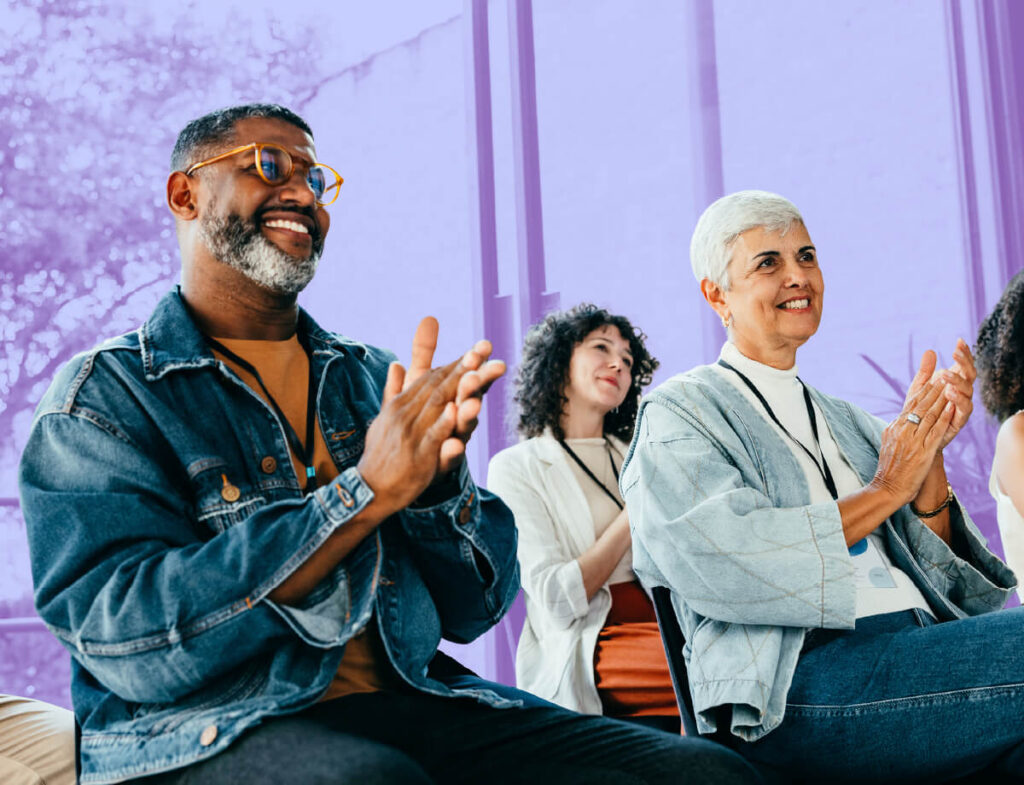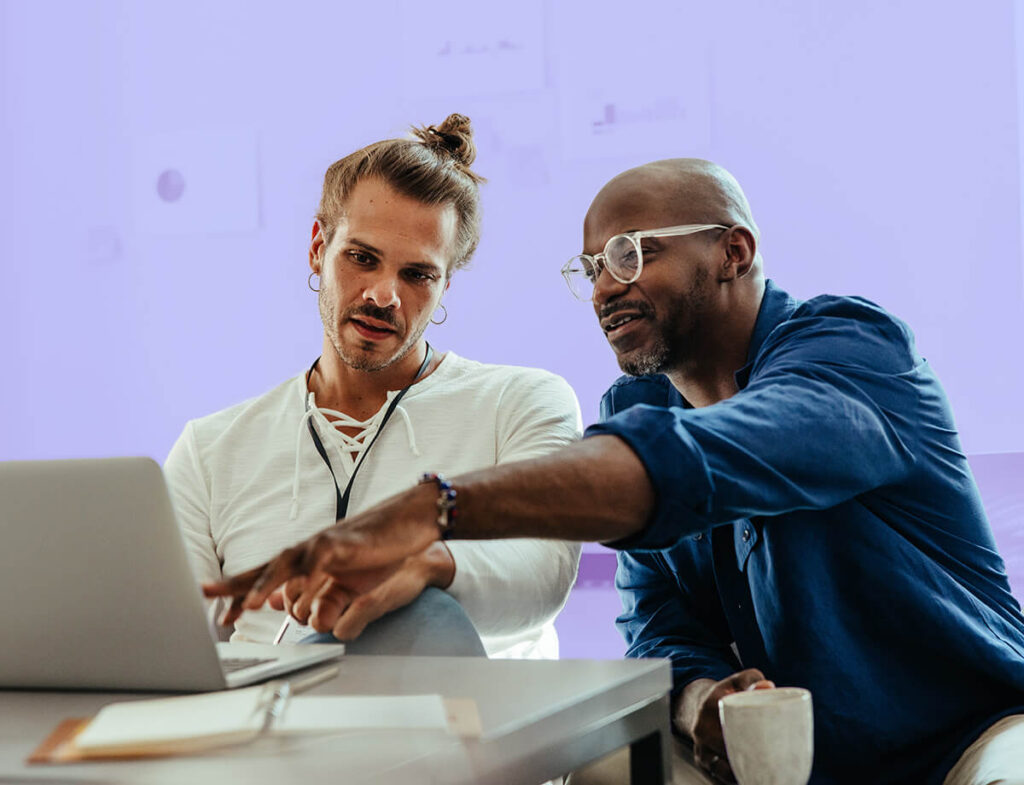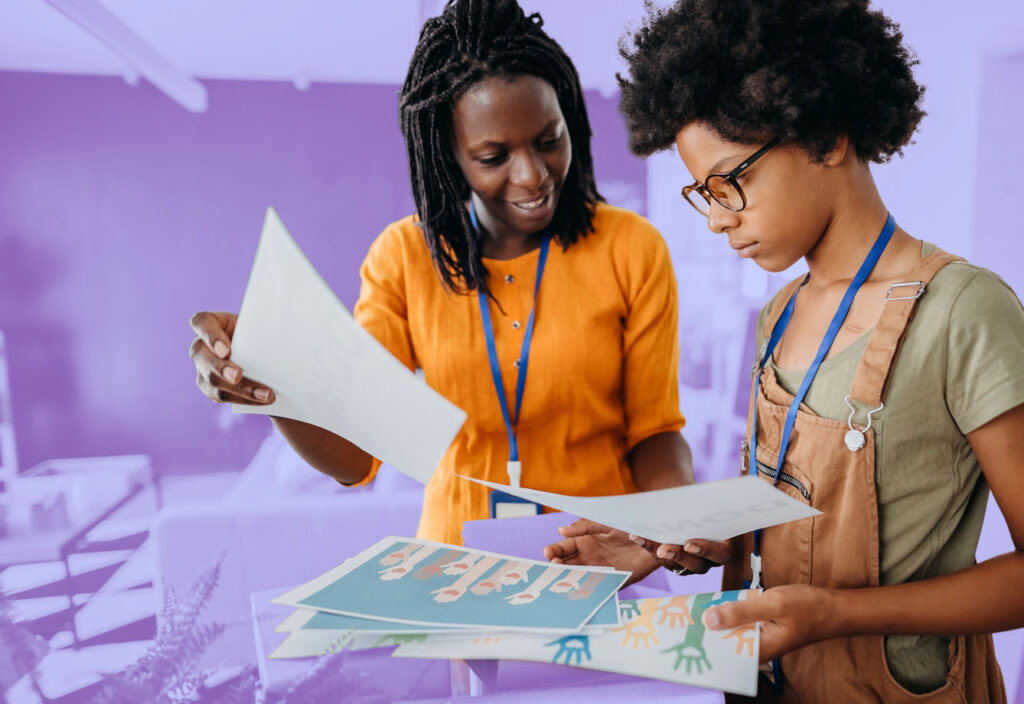Uplifting Native women to build Native equity
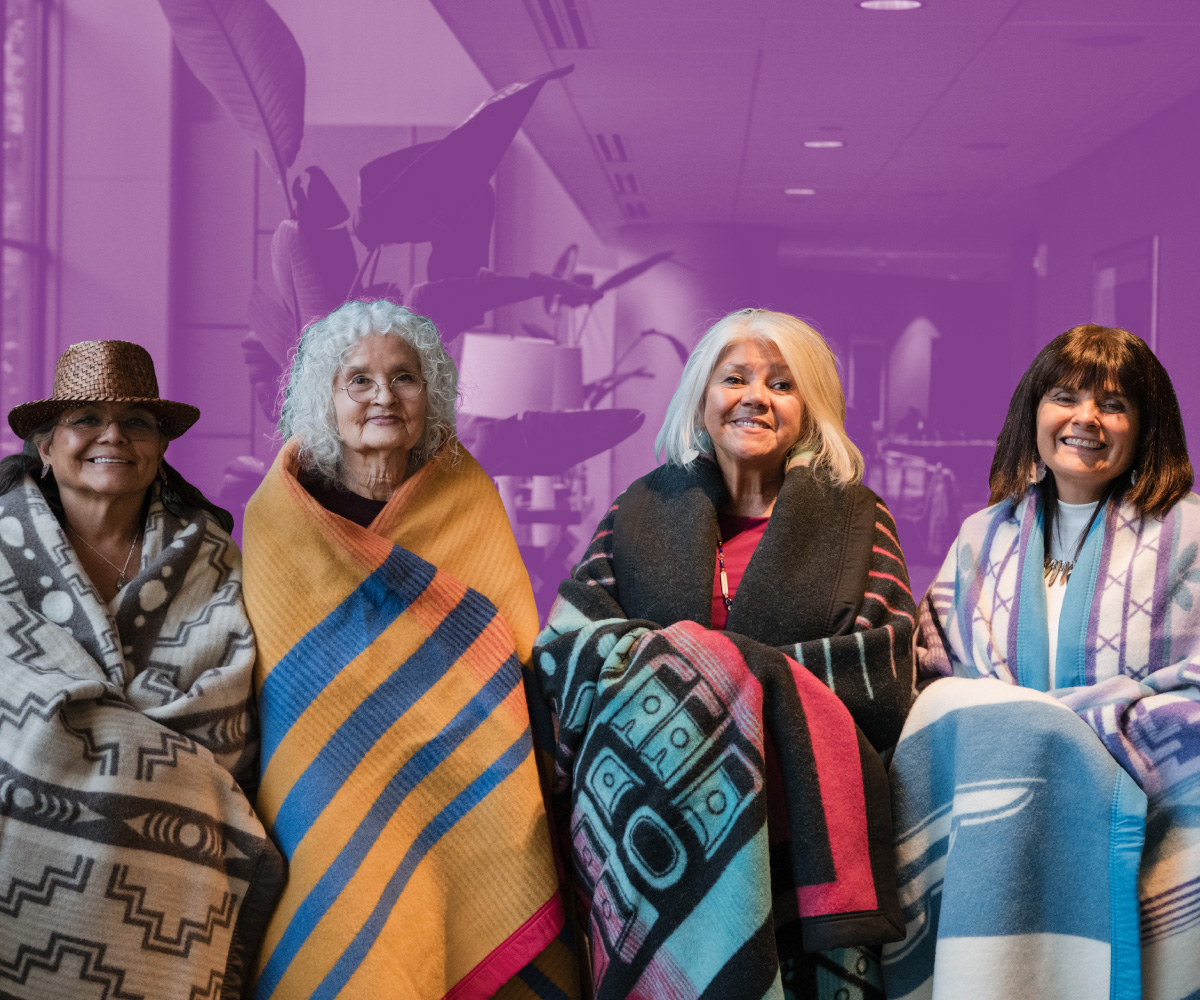
Overview
20+ years of women-led community building
In 2000, best friends Iris Friday and now-Senator Claudia Kauffman were saddened over the death of their mentor, prominent Seattle Native activist Bernie Whitebear. They felt the need to take up the mantle of his work and create an organization to empower Native women leaders in urban Washington. With that, Native Action Network (NAN) was born.
Enduring Spirit Honorees
Legacy of Leadership Cohort participants
Young Native Women’s Academy participants
Native Women’s Leadership Forum participants
What began as a one-time leadership forum in 2002 has grown into an organization elevating thousands of women to positions in politics, commerce, and their communities. NAN’s goal is to “promote Native women’s full representation, participation, and leadership in local, state, tribal, and national affairs.”
But the efforts to empower this demographic are intended to have ripple effects across the Indigenous community in Washington. NAN has set a vision of increased equity by 2028 in housing, education, and health. To achieve this, they will need their message heard far and wide by donors and volunteers through active fundraising and engagement campaigns.
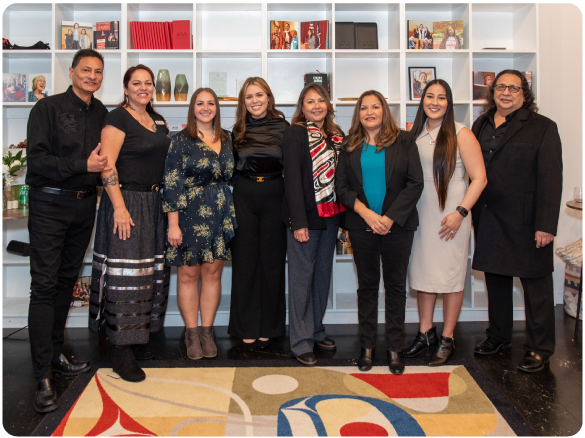
Challenges
Creating visibility in Washington
In 2014, United Way of King County published an extensive report on the economic and health status of the American Indigenous and Alaska Native population. The results pointed to glaring inequities that needed to be addressed. “We tend to be an invisible population,” says NAN Co-founder Iris Friday. “The report was a way we could share the stories of our organizations and address the gaps in need, ensuring we have a strong, viable, urban Native community.”
Addressing inequity
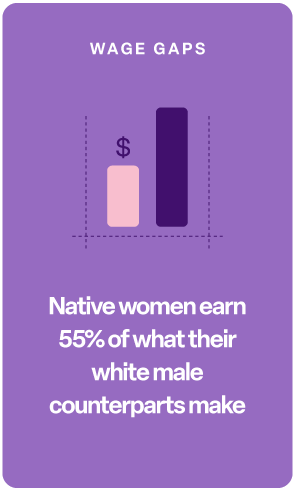
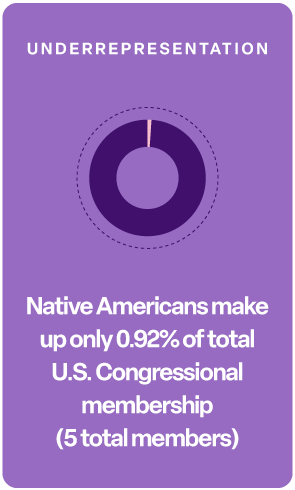
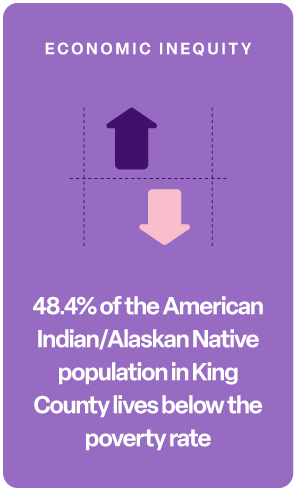
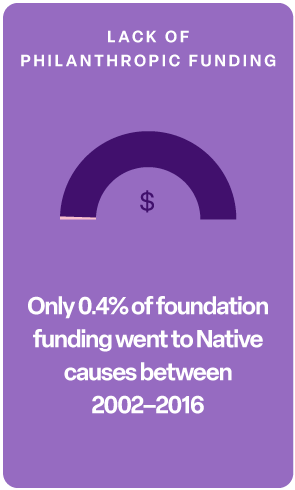
Sources: AAUW , Congressional Research Service , United Way of King County
The recommendations from the study identified opportunities for engaging Native youth, increasing philanthropic engagement to Native causes, and exposing and advocating for Native women in civil and political service. This led NAN to develop the Leadership Forum as a networking and development opportunity for Native women from all over the nation.
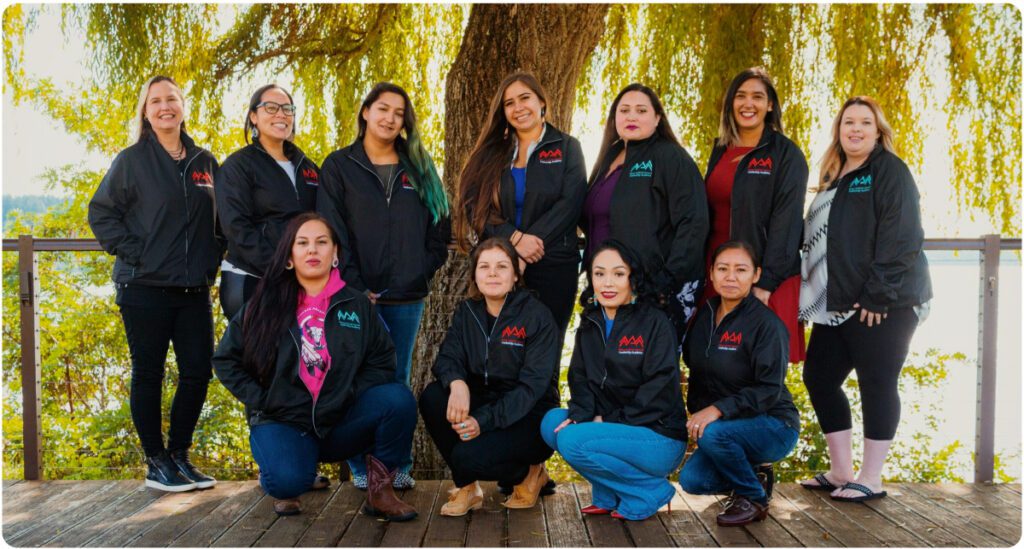
Liz Rideau, NAN’s executive director, attended a leadership conference as an employee of a local Tribe and then became a part of the leadership cohort. “I’ve made friends that I still have to this day, learned a lot about myself, and used those skills and nurturing that they provided me to move forward in my career,” says Liz. “I love working in community, and part of that inspiration came from my time with Native Action Network.”
But Liz and team are faced with a tough challenge when it comes to outreach and operations. NAN’s small staff of three full-time employees and two interns make the organization run. Native nonprofits have been overlooked by donors in recent years, so it’s imperative for NAN to have access to donor data so they can more easily engage with supporters. That’s when they found Bonterra.
Solution
Strategic outreach for expanded equity
For 22 years, NAN has provided multiple programs to enhance visibility and drive progress for the Native community with programs like leadership cohorts, and alumni association, and their annual Leadership Forums, that feature workshops on wellness and professional development. In 2024, 36% of NAN participants polled said they would consider running for office and 62% expressed an interest in mentoring other women. Exposure to opportunity puts local Native women in proximity to power, and therefore, progress.
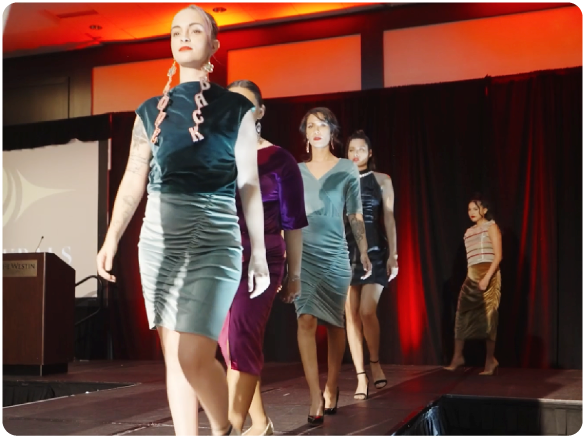
Native Action Networks’ Programs:
- Native Women’s Leadership Forums
- Enduring Spirit Awards
- Young Native Women’s Leadership Academy and Youth Ambassadors
- Legacy of Leadership Cohorts
- Advocacy Boot Camp Cohorts
- NAN Sisterhood Alumni Association
- Civic Participation, Engagement, and Community Organizing
- Community Development Initiatives and Native Community Building
- Additional Service Projects, Meetings, Social Events, and Art Exhibits
In 2022, the organization was connected to Bonterra Network for Good through the ASCEND fund. Recalls Iris, “This really helped with capacity building. It included help from a fundraising coach, one year of the database, and helping us get the donation site set up.” She says this allowed the organization to become strategic in their targeting of interested funders and participants. “Over the years, we’ve served so many people and seen them come through our programming and attend our different events, and we had no way to really track that. Having access to Bonterra Network for Good allowed us to start compiling our database and the names of the people that have gone through our programming.”
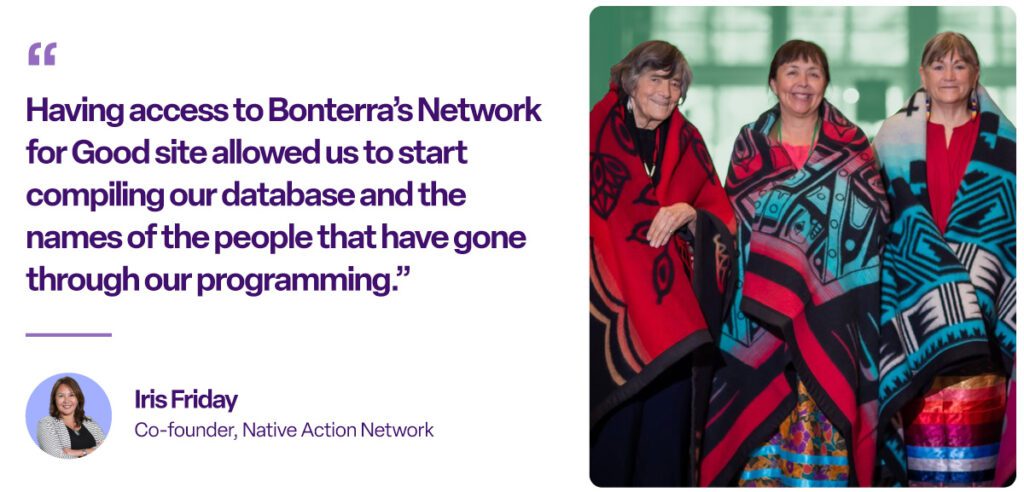
Iris says the software aided staff in outreach, allowing them to more effectively cull data based on the amount of contributions, top donors, and who is most likely to attend future events. For an organization with a nationwide donor base, this level of organization is crucial. “It would just show an amazing reach, not just locally. We get people who attend our programming from out throughout the country, especially our Native nonprofit capacity building programming. Having the database is a good way for us build and expand.”
Impact
The best friends who created an ecosystem of empowerment
Iris says she’s incredibly proud of what her and Claudia’s vision has produced in Native Action Network. After 22 years and thousands reached, they’ve built a community of women pursuing elected office, running companies, and celebrating each other’s life achievements. But they still have much more they want to achieve. “One of our goals is to purchase property so that we have our own space in the Seattle area, so we can have an asset for the community where we can continue to do the work and have a space for people to call home,” says Iris.
She said that a 1% increase of giving in the U.S. GDP could go a long way for organizations like NAN. “We were able to start our Youth Ambassador Program with a monetary gift. When you get more gift giving like that, you can be creative and really address the needs of your community.”
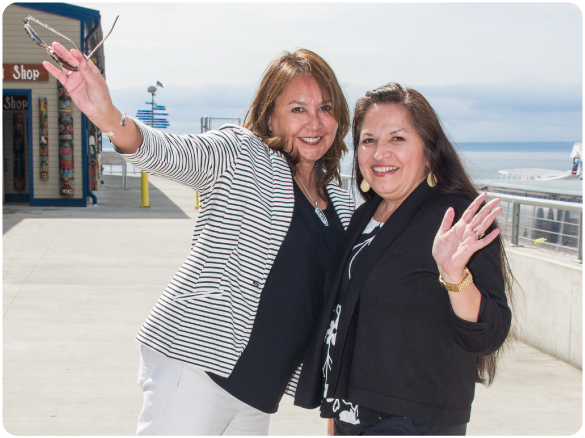
As they continue to reach the donors who can help them thrive, Iris has one piece of advice for other nonprofit leaders. “If you’re approaching this work from a space of love and giving back to community, there’s just so much that can be done to make a difference. If you have an idea and there’s something you want to do to give back, pursue that and build up a network around you to support. And…it’s good to have a BFF who’s sitting right next to you. You can utilize the strengths of one another to access your goals and complete them.”
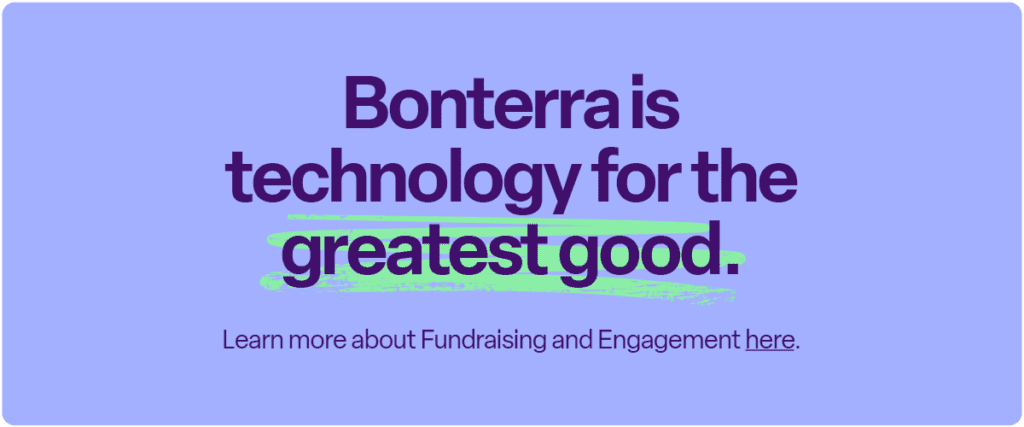
Work with Bonterra
